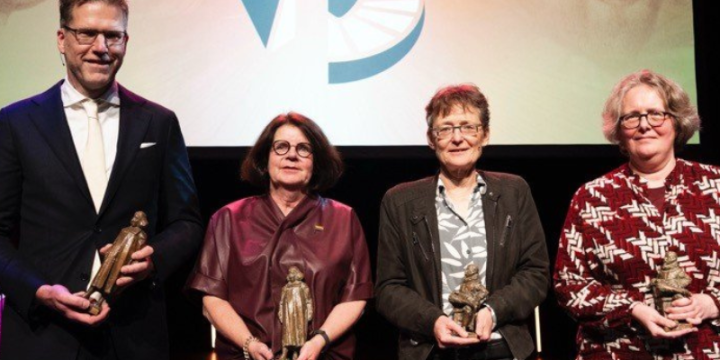338 million for GroenvermogenNL
The cabinet has confirmed its confidence in GroenvermogenNL by allocating no less than 338 million euros from the National Growth Fund on 9 April 2021. With this funding, GroenvermogenNL can take essential steps in the coming years in the field of R&D, small-scale pilot and demonstration projects and human capital.
The step towards large-scale projects and investments remains of great importance. The joint top sectors are in continuous conversations with the government about possible financing routes, whereby a proposal for the 2nd round of the National Growth Fund is one of the options.
GroenvermogenNL
The Netherlands is facing a major climate challenge. For example, its flourishing society and industry will have to switch from fossil raw materials to sustainable solutions. Hydrogen plays a crucial role in this transition. As a green raw material, as an energy carrier, as a storage medium and so much more. To tap into the potential of hydrogen and sustainably generated electrons, the smartest solutions, decisive cooperation and an integrated system approach are essential. The Netherlands can also build a new industry and an attractive business climate here. Well-trained people are desperately needed to make this climate transition possible.
GroenvermogenNL is exactly that: upscaling & innovating, converting & building, retraining & training. In GroenvermogenNL we join forces to realize the potential of hydrogen. The joint top sectors ChemistryNL, Energy and HTSM work together with partners from industry, knowledge institutions and the government. Together we tap into the potential of hydrogen and green electrons and build the green power of the Netherlands.
Follow up and questions At the moment, all the attention of GroenvermogenNL is focused on answering the questions and conditions of the Growth Fund Committee. In the short term, its governance will be set up and its own website will also be launched: www.groenvermogenNL.org. Do you already have questions? We have answered the most frequently asked questions for you in a Q&A.
Would you like to learn more about the content of the proposal itself? We have a few handy products available for you:
- Summary GroenvermogenNL (in Dutch)
- Graphic summary





